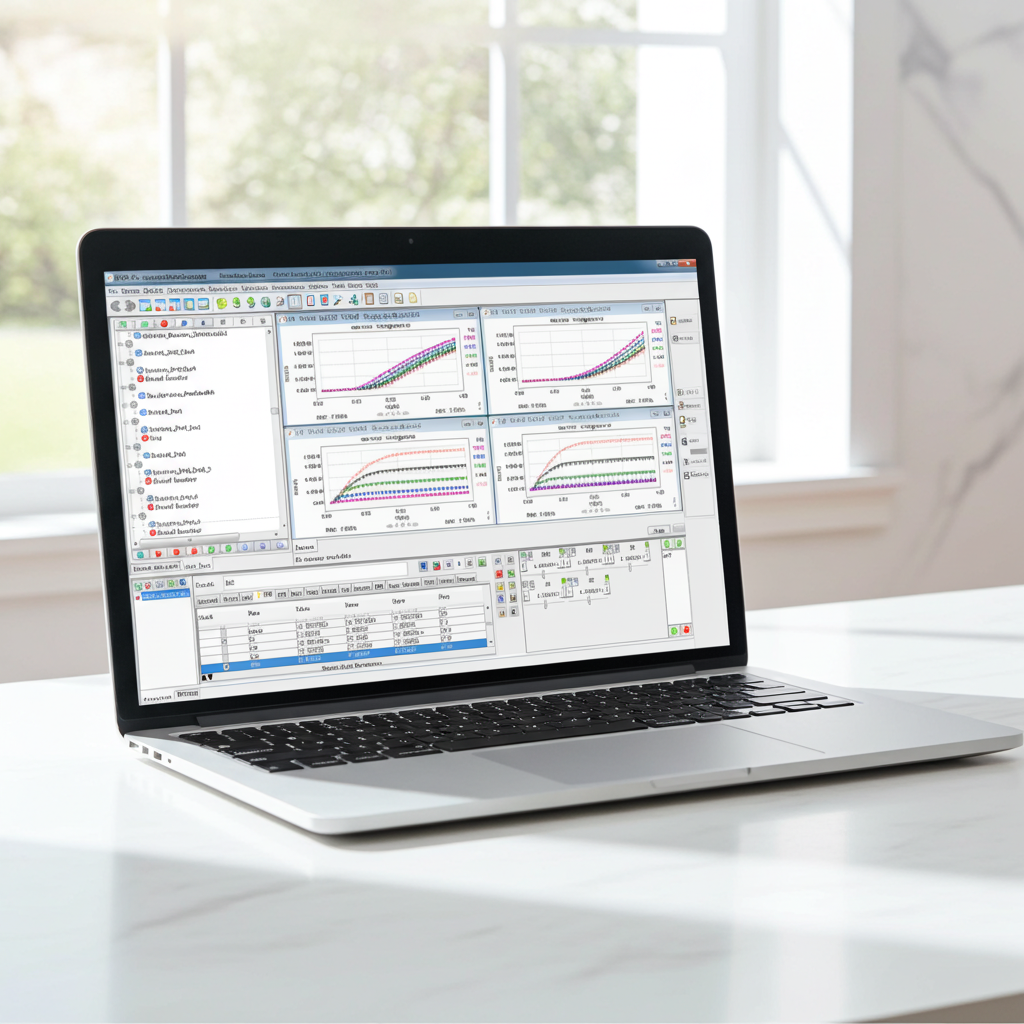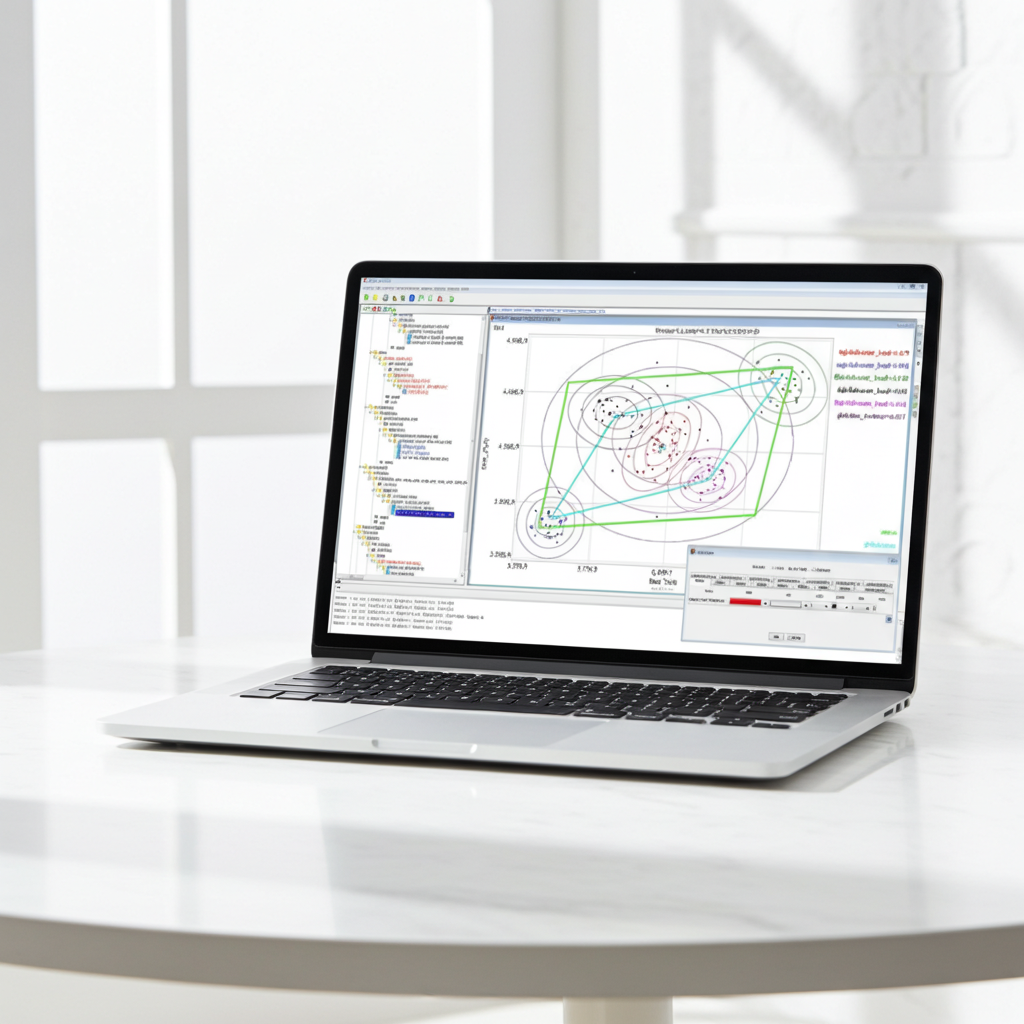
Get Started with Device Modeling
For Device Modeling engineers
Upon completion, you should be familiar with
IC-CAP Fundamentals
- Navigating the IC-CAP user interface.
- Programming with PEL and Python in IC-CAP
- Using Verilog-A in IC-CAP
- Custom UI with IC-CAP studio
MBP Fundamentals
- MBP Basics
- Navigating the MBP user interface
- Figures of Merit in MBP
- Advanced operations of MBP
MQA Fundamentals
- Navigating the MQA interface
- Qualifying models with single model and/or multiple models
- Customizing the device index and netlist rules
- Useful utilities for QA and modeling
The course combines lecture presentations with guided hands-on lab exercises.
IC-CAP Fundamentals
- Modeling overview
- IC-CAP user interface and model structure
- Instruments, measurement configuration, modeling fitting and extraction.
- Model circuits and syntax, linking to simulators and how to simulate.
- Optimization and plot optimizer/options.
- Extraction, analysis and automation with PEL programming.
- How to use Verilog-A models in IC-CAP.
- Python programming in IC-CAP.
- Creating Customized User Interfaces with IC-CAP Studio programming.
MBP Fundamentals
- Measurement format in MBP.
- Basic operations, simulation, optimization, and sub-circuit modeling.
- Figure of Merits: IMV and DP setting & Usage, Built-in IMV algorithms.
- Model version management, model compare, model library, dataset, documentation of modeling.
MQA Fundamentals
- The generic device modeling flow.
- The capability of MQA in various scenarios.
- Overview of the MQA GUI and its configuration.
- The core files in MQA - the .icf file and the .rule file.
- How to generate tabulated results directly with MQA.
- Useful utilities in MQA, which improve the efficiency of modeling.
IC-CAP Fundamentals
- Lab 1: This lab introduces the IC-CAP user interface and basic operations
- Lab 2: This lab will help you get familiar with the data operation and plot.
- Lab 3: This lab will help you get familiar with model circuits, simulation and optimization
- Lab 4: This lab will show how to use PEL to create custom extraction code and optimizations
- Lab 5: This lab shows how to configure and use veriloga models in model simulation
- Lab 6: Introduction to basic python programming in IC-CAP
- Lab 7: The lab covers using python to create a complete modeling flow and creating a custom python module.
- Lab 8: Using IC-CAP Studio features and creating custom GUI’s
MBP Fundamentals
- Lab 1: This lab will help you get familiar with the concepts of what measurement and model files look like and you will also go through a tutorial to a Diode model example in MBP
- Lab 2: This lab will help you get familiar with the fundamental operation of MBP GUI.
- Lab 3: This lab will help you get familiar with how to work with figures of merit in MBP.
- Lab 4: This lab will help you get familiar with more advanced operations.
- Multi-step undo/redo and region selection and clear
- Double Sim, Model comparison
- Export HSPICE to SPECTRE format
- Lib parser: Bin & Point selector, Add model mode
- Multiple dataset & Documentation
MQA Fundamentals
- We have four hands-on labs in which you will use the MQA software for you to get familiar with the MQA basics.
- Lab 5 will let you practice customizing ICF and Rule files.
- Lab 6 is a practice for tabulated results.


